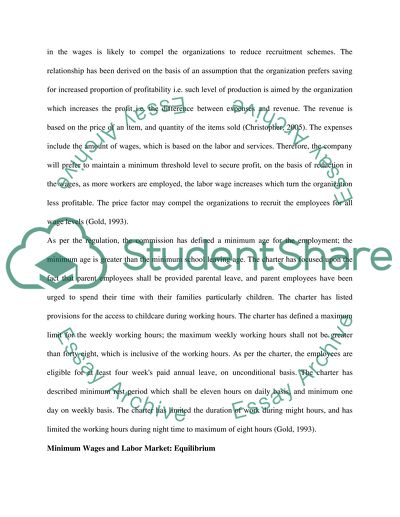Cite this document
(“European Employment Policy Essay Example | Topics and Well Written Essays - 3000 words”, n.d.)
Retrieved from https://studentshare.org/law/1513703-european-employment-policy
Retrieved from https://studentshare.org/law/1513703-european-employment-policy
(European Employment Policy Essay Example | Topics and Well Written Essays - 3000 Words)
https://studentshare.org/law/1513703-european-employment-policy.
https://studentshare.org/law/1513703-european-employment-policy.
“European Employment Policy Essay Example | Topics and Well Written Essays - 3000 Words”, n.d. https://studentshare.org/law/1513703-european-employment-policy.


